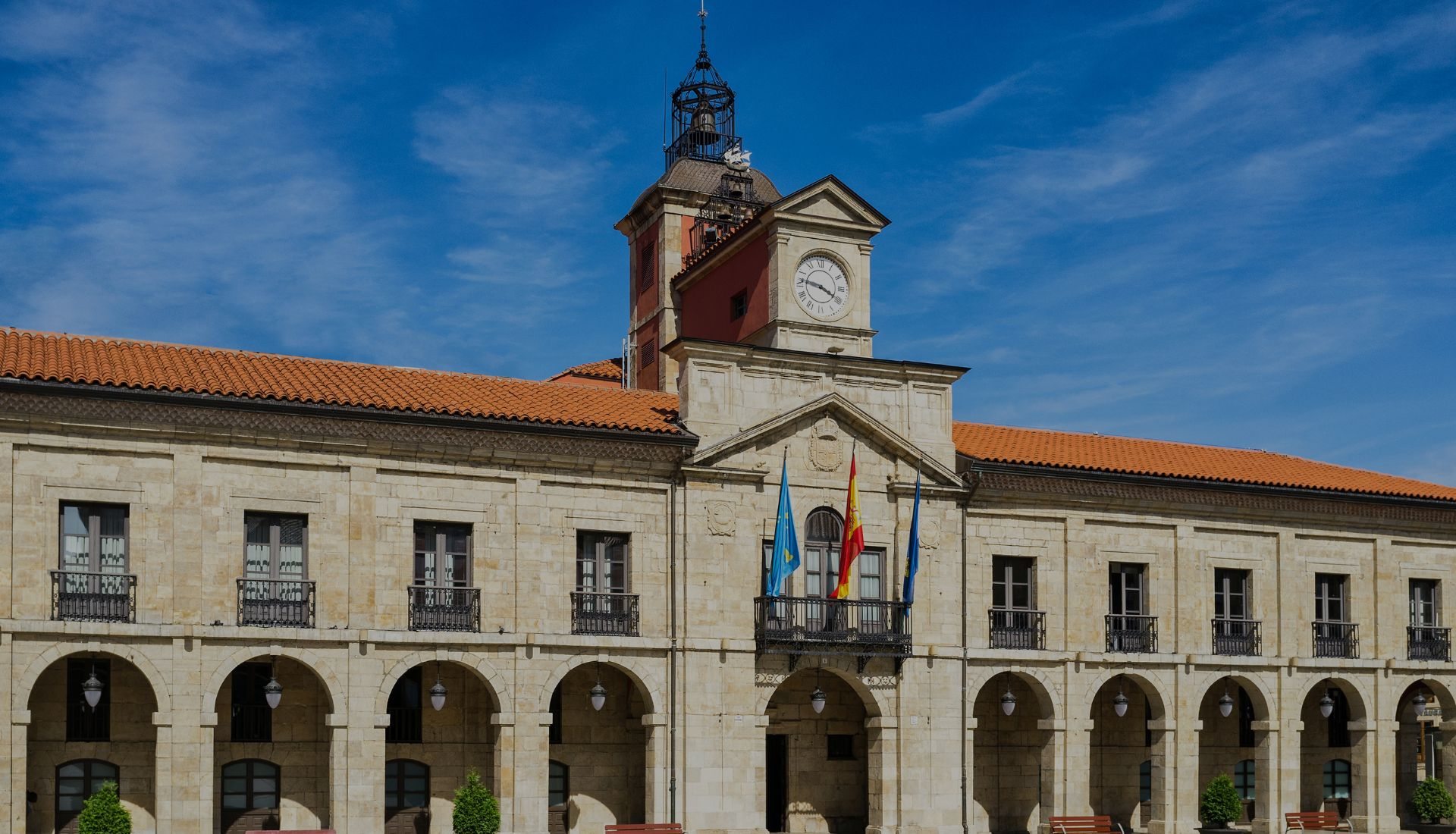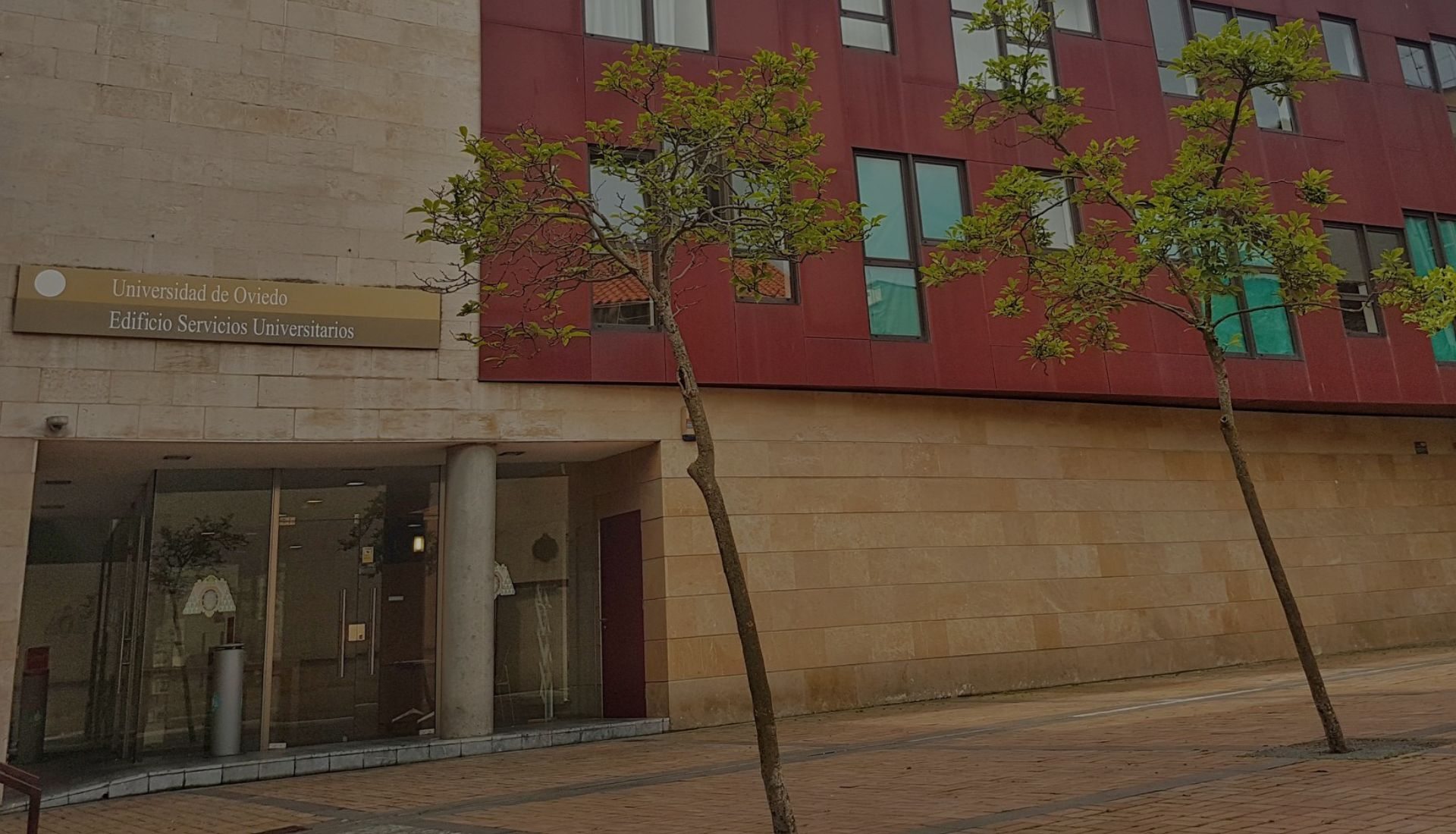Avilés
The town is situated in the central coastal fringe in Asturias, to the west of the Peñas Cape. The town occupies the flattest land in the municipality, partially in a land that belonged to the sea, surrounded by small promontories, all of them of an altitude of less than 140 metres. It used to be a historical fishing and farming settlement, although in the course of the 20th century it became a modern city and a first-rate iron and steel centre with a significant development within the region, propelled by population growth and an industrial and technological boom in the second half of the past century.
It is the third most important city in Asturias, after Gijón and Oviedo. Its old quarters have been declared a Historical-Artistic Heritage Centre, as they contain several treasures of civic, secular, and ecclesiastical architecture. Among its main attractions, the Galiana and Rivero pedestrian streets, the Plaza de España and the Town Hall, the old Sabugo church (13th century), and the modern church of Saint Thomas of Canterbury stand out as highlights in the city centre. As regards civic and secular architecture, the most brilliant examples are the Valdecarzana and Camposagrado Palaces (13th/14th centuries and 17th century, respectively), and the Palacio Valdés Theatre. The Oscar Niemeyer International Cultural Centre (inaugurated in March 2011) is another must for any visitor.
Avilés has a very lively cultural and artistic life, and there are numerous celebrations and festivals taking place in the city during the year. Some highlights in this respect include: the Antroxu (Carnival celebrations), in February; the Easter celebrations in April-May (including the well-known Bollo festival, where a communal lunch is held along several streets in the city); or the San Juan celebrations in June (with a large bonfire in the middle of the street and collective dancing around it).


